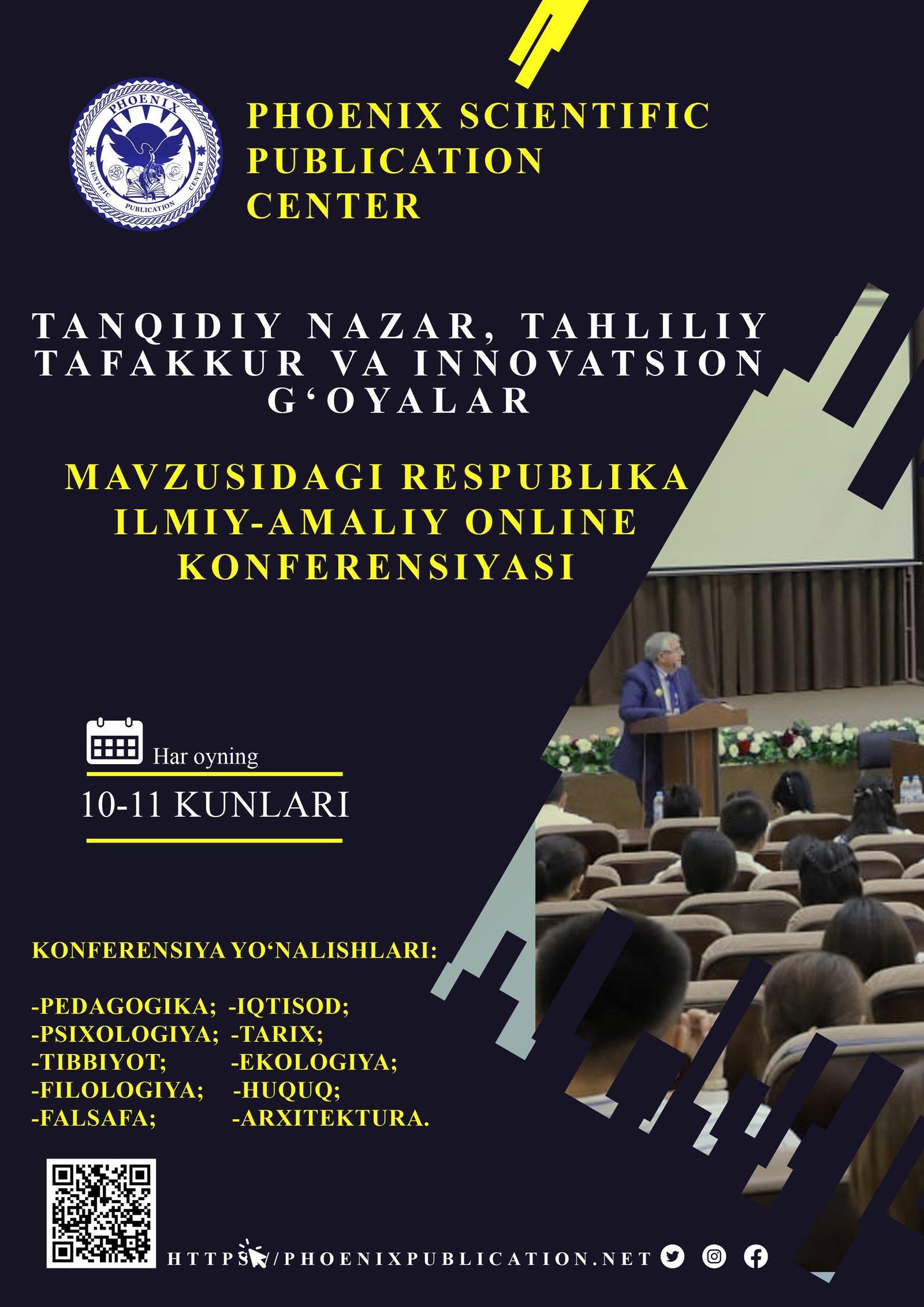Abstract
This paper presents a cognitive-typological analysis of conceptual metaphor models within proverbs that involve the lexical-semantic field of “head” in Uzbek and English. Phraseological units, particularly those of metaphorical nature, represent not only fixed expressions within a language, but also encapsulate cultural heritage and cognitive frameworks through which human beings perceive and structure their reality. The metaphoric use of somatic components—especially the head—is a key example of how bodily experience is mapped onto abstract domains such as intelligence, leadership, emotional balance, and responsibility.
References
1. Emanatian, Michele. 1995. Metaphor and the expression of emotion: The value of cross-cultural perspectives. Metaphor and Symbolic Activity 10. 163–182.
2. Eubanks, P., 1999. Conceptual metaphor as rhetorical response. Written Communication 16, 171–200.
3. Eubanks, P., 2000. A War of Words in the Discourse of Trade: The Rhetorical Constitution of Metaphor. Southern Illinois University Press, Carbondale, IL.
4. Fauconnier, G., Turner, M., 2003. The Way We Think: Conceptual Blending and the Mindʼs Hidden Complexities. Basic Books, New York.
5. Feldman, J. (2006). From molecule to metaphor. The MIT Press: Cambridge.
6. Feldman, J., & Narayanan, S. (2004). Embodied meaning in a neural theory of language. Brain and Language, 89 (2), 385–392.
7. Kirshenblatt-Gimblett, B. (1973). Toward a theory of proverb meaning. Proverbium, 22, 821-827.
